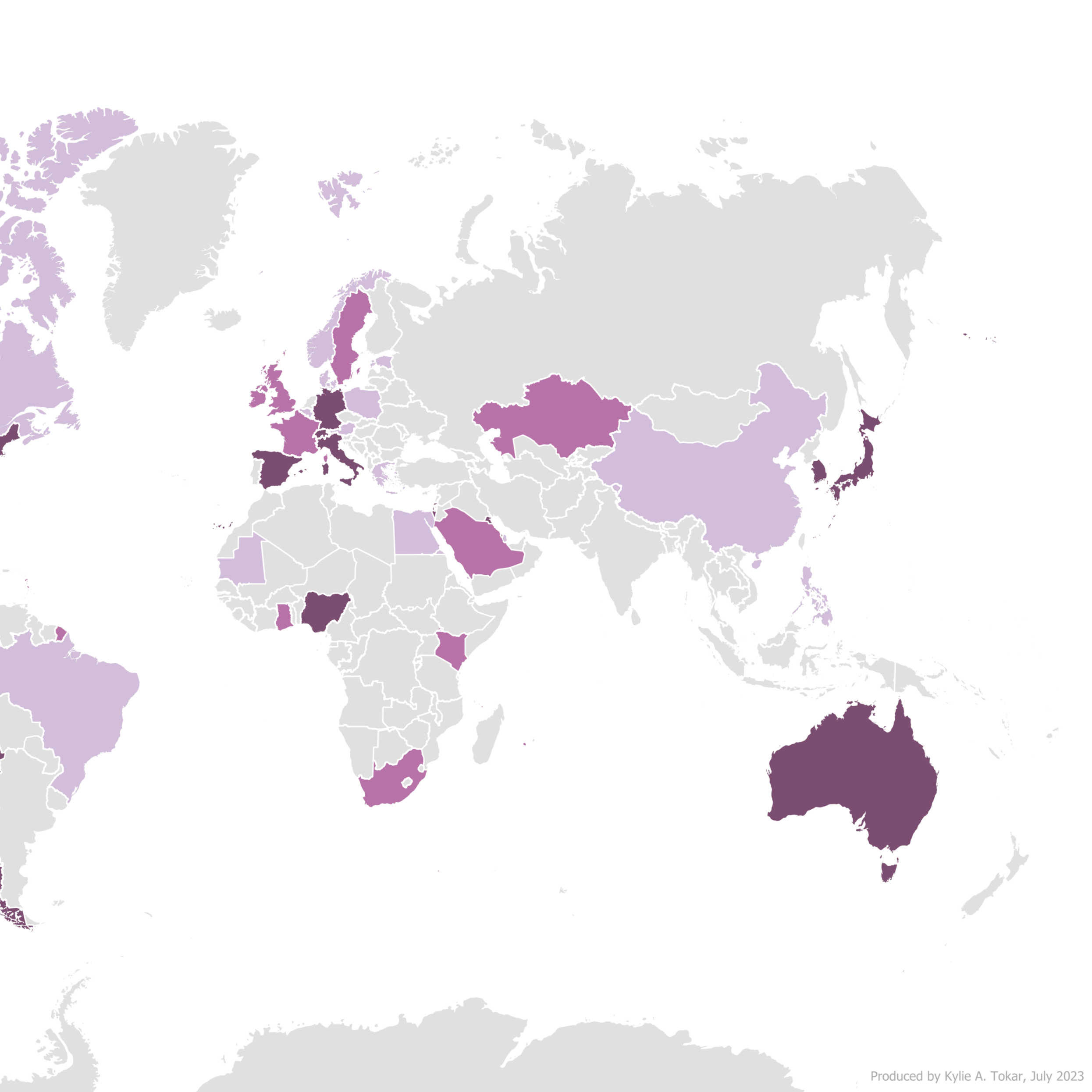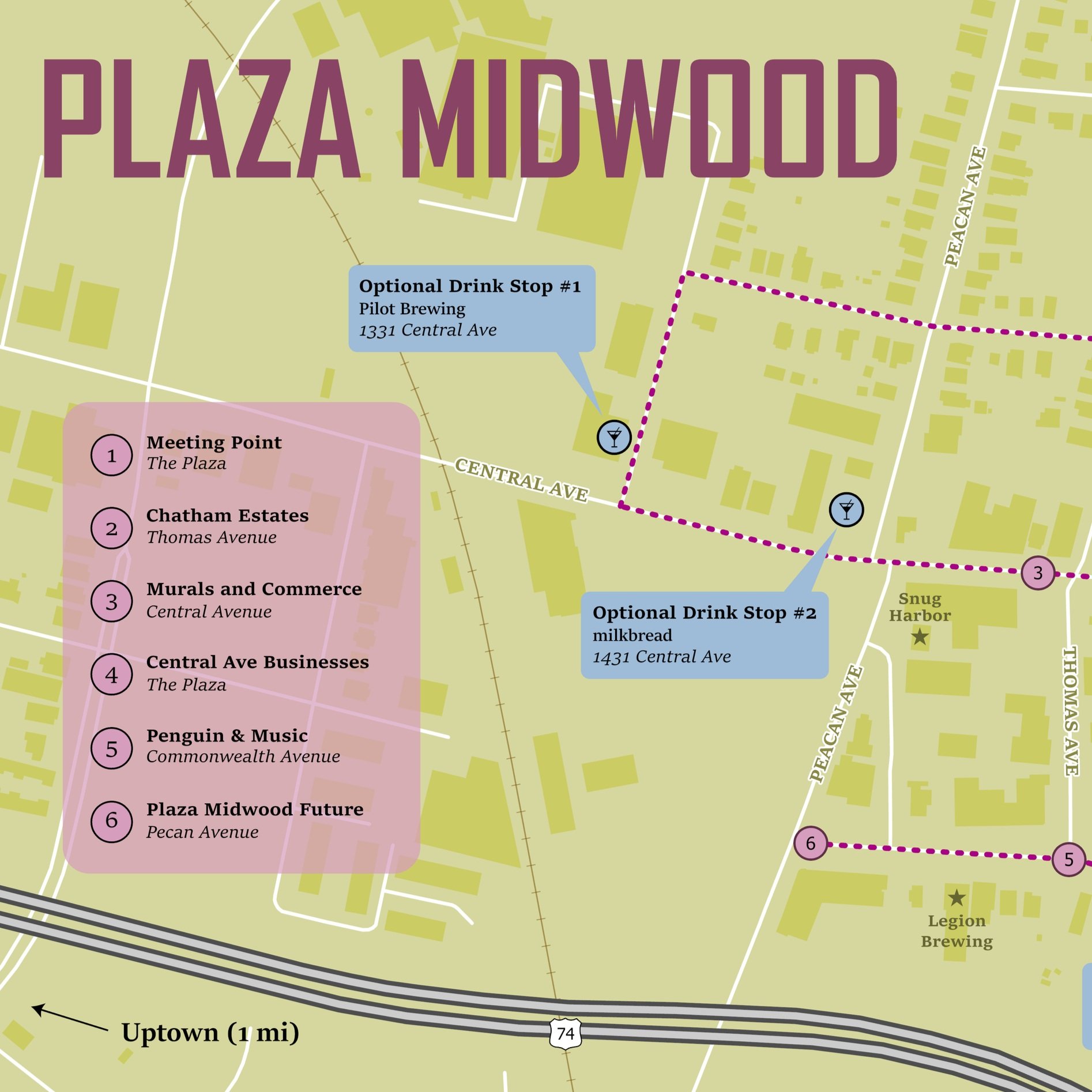
Map Portfolio
Click on the (+) to read more about each map; click on the thumbnails to see the full version.
Please keep in mind that most of my work is conducted for small businesses and private companies, and I am unable to share those projects publicly. The following samples are the exception.
-
This realtor was in need of a map displaying not only the Carolina Trace community, but all of its amenities, including Property Owner's Associations, pools, and golf courses.
-
I made this map to document the routes I walked during an invasive species field mapping excursion, during which I gained experience with several different data collection methods.
-
Astriata and the Chicago Metropolitan Agency for Planning hired me to create this dashboard, which allows users to navigate and explore through three different geographic levels of demographic, transportation, economic, and land use data.
-
After cleaning and symbolizing this robust tree dataset, collected by Brandywine Urban Forest Consultants, it was coupled with high resolution imagery and a custom layout design for display at the visitor’s center on site.
-
Developed alongside Indigenous tribal experts, this multi-month analysis combined historical journals and maps to determine migration routes as far back as the year 1500.
-
Because this is an entirely fictional landscape, I was able to manually digitize this map in GIS and augment it with custom symbology. The final copy was also printed and further enhanced with watercolor and ink.
-
I've been hired by Brandywine Urban Forestry Consultants to create countless maps and geographic products to display their robust tree data (including tree location, health, and other details). This is one ArcGIS Hub Site I built with custom configuration.
-
This map is more artistic than utilitarian, depicting both the basic anatomy of the iconic monarch butterfly and the mirroring geography of Pittsburgh, PA.
-
Commissioned by data provider SafeGraph, three analyses were conducted on POI data for the city of Little Rock, AR: 1) Kernel density estimation, 2) a hex aggregated distance matrix, and 3) a Voronoi polygon analysis.
-
I designed this map for the #30DayMapChallenge2022 as a submission for Day 3: Polygons.
-
This map was developed as a creative exercise, as part of the 30 Day Map Challenge; its content reimagines the DC subway system.
-
The devil is in the details with this map; created for a property owner, it was imperative that the locations of individual landmarks and points of interest were precise and accurate.
-
As part of a company-wide cartography competition, this map utilized open source point data from NASA’s VIIRS program.
The visualization was generated via a Getis-Ord (GI*) hot spot analysis, which identified statistically significant fire zones.
-
Created for a family’s genealogy project, these simple maps helped readers orient themselves in the story of their ancestors’ migration across the U.S.
-
This suitability analysis incorporated land type, elevation, and slope to determine acceptable placement locations for solar farms.
-
Another product of a field trip, this map displays photos of invasive species in its round pop-ups, which are wrapped in HTML text boxes to match the curve of the circular photos.
-
Some Upwork clients require simple and colorful maps to enhance their websites or presentations; this particular map displayed client presence in a variety of countries worldwide.
-
Generated using legal descriptions of a property boundary, this map assisted the client in determining the location of a roadside easement.
-
The stops and route on this walking tour were carefully curated by the tour guide, and this map was developed through a thoughtful iterative feedback cycle. We tested out several style types before settling on fonts and color scheme; the ultimate selection aligns with an additional city-wide map I created to orient tour participants to the neighborhood.
-
The primary objective of this project was to develop a suitability model to identify the particular locations for the ideal installation of oceanic cooling technology, based on critical levels of multiple criteria, such as salinity and temperature.
In addition to the model itself, the development of this web application served as the Capstone to my master’s degree.
-
Grow With Trees conducts compatible species monitoring and biodiversity enhancement along utility rights-of-way, including those within national parks and forests. I have worked with them for years to create maps and spatial analyses for their clients.
This map highlights some of the protected lands surrounding Lake Tahoe, on the border of CA and NV.




















